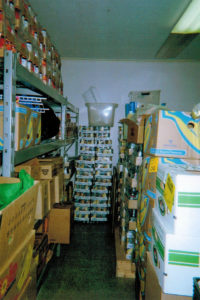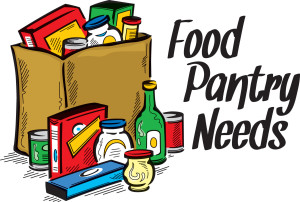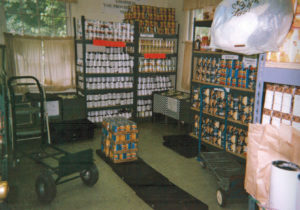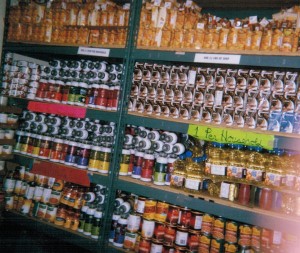A Holiday Gone Wrong
“When we talk cooking and eating, we are talking love, since the entire history of how a family loves – when and how they learned to love – can be told in most kitchens.” – Marion Roach Smith
The first year a person uses a food pantry for primary shopping, Christmas is a holiday gone wrong. After several years, Christmas becomes whatever the household can make of it. The adjustment is, for some, difficult and for others more difficult.
The difficulty lies, mostly, in the ability to get food items considered “traditional” by a household when no money is available to purchase them in a grocery store.
Once, I heard some pantry shoppers talking in the line about holidays past. Their conversation centered around people celebrating by eating too much delicious food and visiting with relatives, friends, neighbors while swapping stories, catching up on the news.
For more and more people living in poverty, this just doesn’t happen. Both households and individuals find themselves unable to finance the expense of the holiday event.
Not only can they not afford the food, more and more people no longer have the table to sit at, the chairs to sit on, and the stove to cook the food. Recipes, pots and pans, china, silverware, crystal are long since gone. Eating without a kitchen is the way of the modern household living on a minimum wage.
With luck, today’s struggling class household will have the gas to get the car to a soup kitchen. Otherwise, it’s going to be a regular day with a meal prepared in a crock pot, or on a hot plate. The economic situation for some is that just to take the day off and still be able to buy groceries the next day is more a goal than anything else.
Realities faced by the hungry pantry shopper weigh on my shoulders every day of the year. This weight keeps me squirreling away food so the pantry shelves can be stocked for celebrations with canned soup, canned gravy, potatoes, stuffing mix, canned green beans, cranberry sauce, chicken broth and all the fruits and vegetables that can be gotten at food drives and the food bank. Storeroom space and a few freezers at the food pantry are essential.
Pantry volunteers have a difficult time just keeping up with the ever increasing client census. Those with a stable shopper base, a large storeroom and connections can begin scrounging in July to set aside food. It’s extremely challenging to get several hundred or a thousand of an item in the summer and store the food until December.
After several years and several holidays, the food gatherer in the household becomes, if time allows, more skilled at scrounging for food in both the pantry and the grocery store. The difficulty lies, mostly, in the ability to get food items considered “traditional” by a household when no money is available to purchase the items in a supermarket.
While distributing food, I mentally predict who’s going to be successful at scrounging and gathering by the sound of the automobile as it’s driven into the parking lot of the pantry. A successful holiday dinner depends on a working automobile, time available between jobs, and the energy to sustain the search.
Transportation challenges, disabilities, and serious illness in the family can defeat all efforts.
Thank you for reading this article.
Please share this story with your preferred social media network.
Thurman Greco
Woodstock, NY
Book Update: “A Healer’s Handbook” has been published and is available on Nook and Kindle! It will be available in the paper version in early January. If you order it now, it will be mailed directly to you upon publication.
More information about this book can be found on Thurmangreco.com.
Publication of “The Unworthy Hungry” is now scheduled for January 2018.
Thank you for your support and your patience. Now that “Healer’s Handbook” has been published, there will be more frequent and regularly published articles on all blogs.
Thanks Again










